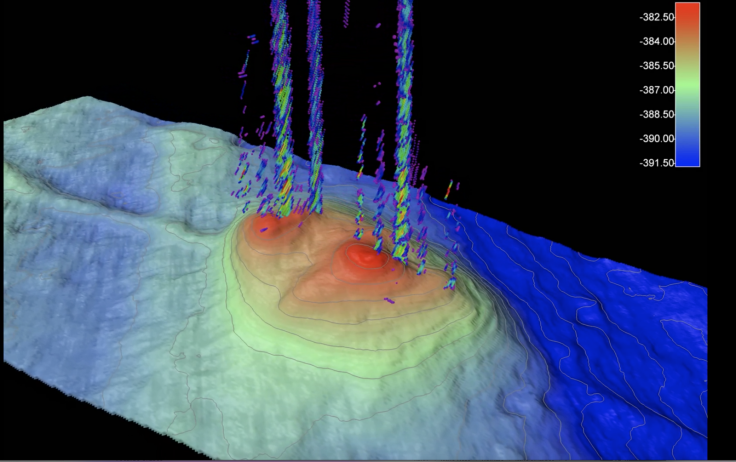Fossil fuel sites in Australia releasing climate-damaging methane into atmosphere
Methane is a very powerful greenhouse gas and is around 80 times more potent than carbon dioxide.

An investigative report published by a global nonprofit on Tuesday has made worrying revelations about methane leaks from as many as 35 fossil fuel sites located in Australia.
The investigation commissioned by the Australian Conservation Foundation (ACF) was carried out by the US-based Clean Air Task Force.
During its investigation, the environmental organisation found more than 100 sources of climate-damaging methane at 35 locations in Queensland and New South Wales.
Methane gas contributes significantly to the greenhouse effect and, consequently, to rising temperatures. It is around 80 times more potent than carbon dioxide as a greenhouse gas over a 20-year period, but it stays in the atmosphere for only 12 years compared to centuries.
The leaks were observed at coal mines and gas facilities owned by energy giants Santos and Origin and pipeline company Jemena. However, the details of these locations have not been revealed yet.
At least 10 leaks were found from Origin's coal seam gas wells and Shell-QGC gas-gathering pipelines in Queensland, and 25 were found at the Jemena Gas Network in the Darling Downs.
Four methane leaks were found at Santos' coal seam gas wells located in New South Wales, and several other such leaks were found at the APA-operated compressor station in Queensland.
"Our field trip showed leaking and venting of this invisible, highly potent gas is widespread," Australian Conservation Foundation (ACF) lead investigator Annica Schoo told Mirage News.
"But Australia is at the back of the global pack when it comes to methane mitigation, with regulations too weak to stop companies releasing methane freely from their facilities," added Schoo.
Methane is 80 times more potent in trapping heat than CO2.
— 🌏 Zali Steggall MP (@zalisteggall) August 9, 2023
New research @cleanaircatf shows Aus coal & gas mines are significantly underreporting methane emissions. @IEA says up to 60%
Current methane measurement is inaccurate and undermines government's climate policy.#auspol pic.twitter.com/1UFBFGKTVc
She suggested that the companies find and fix the leaks as soon as possible. She added, "The fact is, we just don't know how much climate-heating methane is leaking from coal and gas in Australia because the regulations are so weak and under-reporting is rife."
The investigators used state-of-the-art technology to record infrared videos showing methane leaks from the sites. These leaks are not only a threat to the environment but to human health as well. The Guardian writes that the report does not suggest that the companies were acting illegally.
Meanwhile, the claims made by the ACF in its report have been rejected by Origin and Santos. A Santos spokesperson said that the company carried out inspections after the ACF report became public, but it did not find any such leaks. A spokesperson for Origin also claimed that the company did not find any leaks at its sites.
It needs to be noted that Australia is one of the signatories to Global Methane Pledge, launched in November 2021 at the COP26 Climate Change Conference in Glasgow. It needs to cut its methane emissions by 30% in the decade to 2030.
Methane is emitted from several sources, such as livestock, wetlands, and oil and natural gas systems.
According to a new International Energy Agency (IEA) analysis, the global energy industry accounted for 135 million tonnes of methane emissions in 2022.
The IEA further stated that the Nord Stream pipeline explosion also released a huge amount of methane into the atmosphere last year.
In September last year, leaks were detected in the Nord Stream pipelines. It later came to light that those explosions had ruptured the Russian-built Nord Stream 1 and Nord Stream 2 pipelines. The blasts were exposed by an American journalist, Seymour Hersh. The explosions released more than 100,000 metric tonnes of methane into the sea and the atmosphere.
Permafrost is another source of methane, made of perennially frozen ground occurring in about 24% of the exposed land surface in the Northern Hemisphere and Antarctica. Permafrost contains around 1,700 gigatonnes of carbon in the form of frozen organic matter, almost twice as much carbon as currently in the atmosphere, notes UNEP.
© Copyright IBTimes 2025. All rights reserved.






















